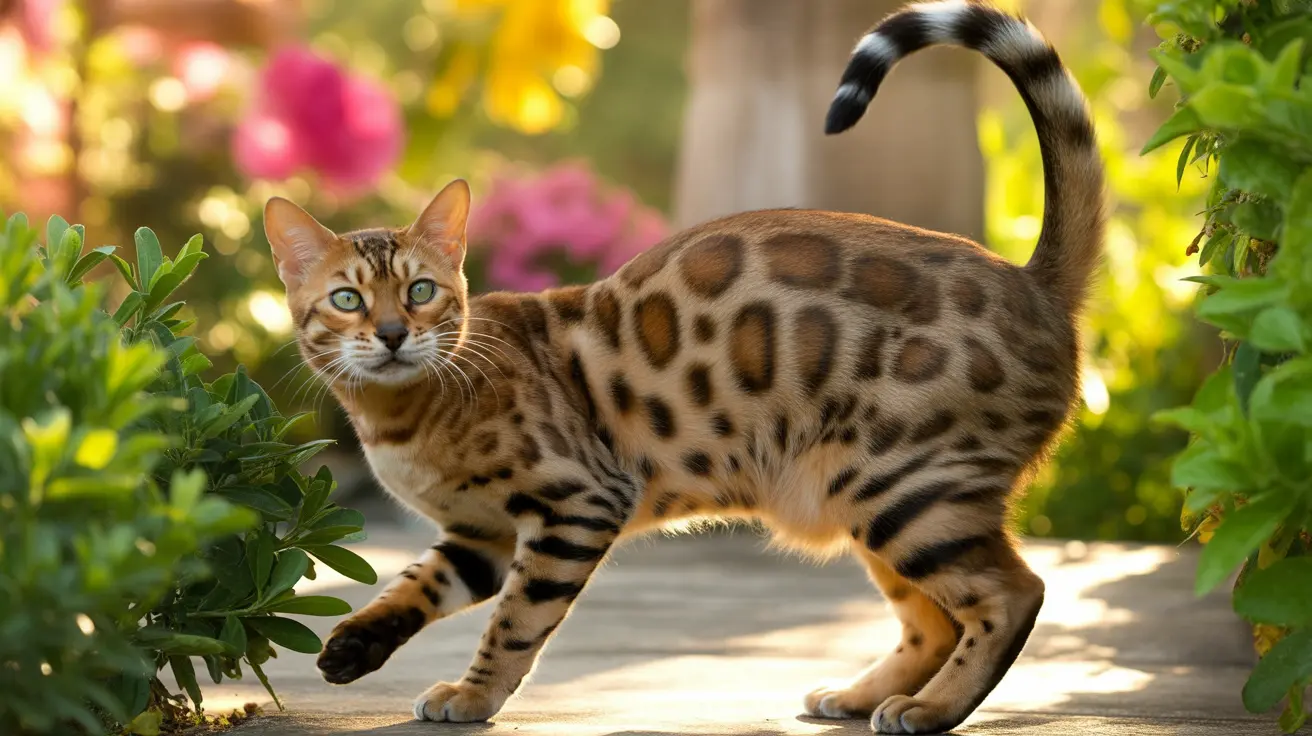The Feline Reproductive Cycle
Female cats, known as queens, typically begin their reproductive cycle between 4-10 months of age. They are seasonally polyestrous, meaning they can go into heat multiple times during breeding season, which usually occurs from spring to early fall. Indoor cats may experience heat cycles year-round due to artificial lighting.
During heat (estrus), females display distinct behavioral changes, including:
- Increased vocalization and restlessness
- Rolling and rubbing against objects
- Raising hindquarters with tail to one side
- Decreased appetite
- More affectionate behavior
Courtship Behaviors and Mating Readiness
Male cats (toms) can detect females in heat through pheromones from considerable distances. The courtship process involves several stages of interaction between the male and female:
Males initiate contact through careful approach and investigation, often involving:
- Sniffing and circling the female
- Rubbing and marking territory
- Vocal communications
- Following the female persistently
The Mating Process
When both cats are ready, the actual mating occurs quickly but involves specific physical positions and behaviors:
The female assumes the lordosis position:
- Front quarters lowered
- Rear quarters elevated
- Tail moved to the side
- Clear signals of receptivity
The male then:
- Mounts from behind
- Grips the female's neck with his teeth
- Completes the mating in 3-5 seconds
- Withdraws quickly
Post-Mating Behavior
After mating, both cats typically exhibit distinctive behaviors. The female may:
- Vocalize loudly or scream
- Roll on the ground
- Groom extensively
- Show temporary aggression toward the male
These reactions are normal and related to the physical nature of cat mating, particularly the male cat's barbed reproductive anatomy.
Multiple Matings and Fertility
Female cats typically mate multiple times during each heat cycle, often with different males. This behavior increases the chances of successful pregnancy, as a single mating only has about a 50% chance of resulting in conception. Females may mate 10-20 times during one heat cycle.
Frequently Asked Questions
How do cats behave when they are ready to mate?
Cats in heat display distinct behaviors including increased vocalization, restlessness, rolling, and raising their hindquarters. Males become more territorial and may spray to mark their presence.
Why does my female cat scream and act aggressively after mating?
This reaction is normal and occurs due to the male cat's barbed penis, which causes discomfort when withdrawn. The female's response is a natural reaction to this sensation.
How long does the cat mating process usually last?
The actual mating act lasts only 3-5 seconds, though courtship behavior can continue for minutes to hours.
How many times do cats need to mate to increase the chance of pregnancy?
Females typically mate 10-20 times during a heat cycle to ensure successful fertilization, as a single mating only has about a 50% chance of resulting in pregnancy.
What are the unique features of a male cat's anatomy that affect mating?
Male cats have a barbed penis, which helps stimulate ovulation in the female during withdrawal. These barbs are a natural adaptation that increases reproductive success.
Remember, if you're not planning to breed your cats, spaying and neutering are strongly recommended to prevent unwanted litters and reduce various health risks associated with mating behaviors.






